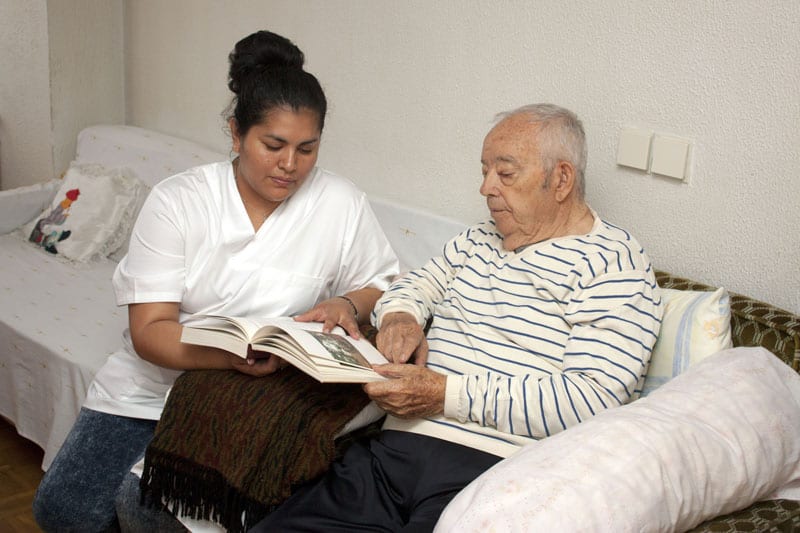Being a lone worker in a high-risk environment can be the reality for many roles. It is critical that workplace safety best practices are in place to mitigate risk for your employees. Lone workers operating in remote regions are twice as likely to be hospitalised due to injury.
Organisations have a duty of care to protect their employees, and, beyond that, they want to provide their staff with the peace-of-mind that they are being looked after.
Providing a safe and supportive environment for lone workers requires a range of mechanisms and control systems. Communication and systems to ensure notification of staff movements is a starting point. Identifying roles with elevated risk profiles and implementing procedures to manage these risks is the first step in ensuring lone worker safety.





